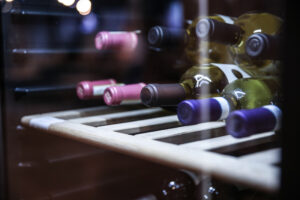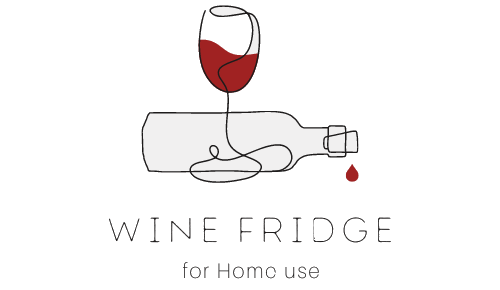Wine, an age-old beverage savored around the globe, holds a complex relationship with time. The fine art of winemaking continues into the realm of wine storage, where myriad factors can dramatically influence a wine’s quality, taste, and longevity. Light, particularly sunlight, is one such factor that can pose a serious problem for long-term storage. This article aims to unpack the role light plays in wine preservation and how controlling exposure to light is essential in maintaining wine quality.
 The Science of Light and Wine
The Science of Light and Wine
When wine comes into contact with light, especially ultraviolet (UV) rays from sunlight, it instigates a chemical reaction that can harm the wine’s integrity. This phenomenon, known as “lightstrike,” can degrade and prematurely age the wine, sometimes causing unpleasant flavors and aromas.
UV light can cause the breakdown of certain amino acids in the wine, leading to the production of sulfur compounds, which impart off-odors and off-flavors, often described as “wet dog” or “wet cardboard.” It also breaks down the natural tannins in the wine, which are key contributors to the wine’s structure and aging potential.
Beyond UV light, even fluorescent light can have detrimental effects on wine, especially wines in clear bottles that offer little protection from light. While less harmful than UV light, fluorescent light can still lead to degradation, particularly in delicate white wines or rosés.
Darker Areas: The Optimal Wine Storage Solution
Given the harmful effects of light on wine, darker areas naturally emerge as the best locations for wine storage. But why are darker areas preferred, and how dark should these storage spaces be?
Dark spaces, devoid of natural or fluorescent light, eliminate the risk of lightstrike and consequent wine degradation. Therefore, they are ideal for preserving wine in its best condition over an extended period.
In traditional winemaking regions, wine cellars were built underground to provide a dark, cool, and stable environment for wine storage. Today, not everyone has access to a wine cellar, but the principles remain the same. Ideally, a wine storage space should be as dark as possible, mimicking those traditional cellars.
This can be achieved by storing wine in a dedicated wine fridge or cooler that offers adjustable lighting or no light at all. For those without these appliances, other viable alternatives include a cool, dark basement, an interior closet, or even specialized wine cabinets designed to shield against light exposure.
The Role of Wine Bottles in Light Protection
Wine bottles themselves also play a role in safeguarding the wine from light damage. Dark-colored bottles, such as amber or dark green, can partially block harmful UV rays, thereby offering some protection against lightstrike. Clear bottles provide less protection and are typically used for wines meant to be consumed soon after purchase, not those intended for long-term storage.
Conclusion
The science of wine preservation is multifaceted, with each component playing a critical role in maintaining the wine’s integrity. Light, as we’ve seen, is a formidable antagonist in the journey of a wine from vineyard to glass. By understanding its damaging effects, wine enthusiasts can take informed steps to shield their prized bottles from premature aging and degradation. So, when it comes to wine storage, remember: keep it dark.
